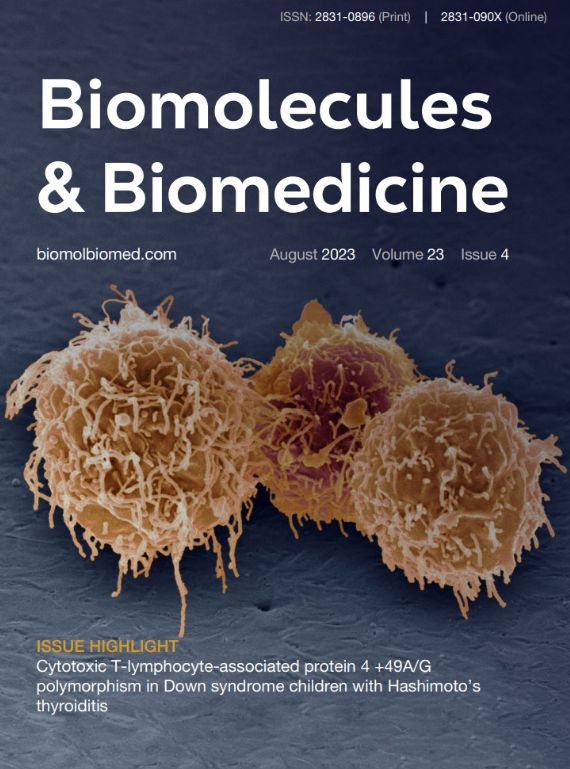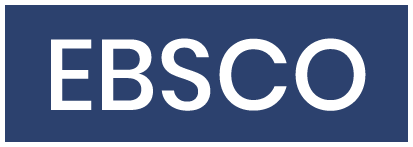
More articles from Volume 23, Issue 4, 2023
The role of chidamide in the treatment of B-cell non-Hodgkin lymphoma: An updated systematic review
Corrigendum: IC50: an unsuitable measure for large-sized prostate cancer spheroids in drug sensitivity evaluation
Changes in the Location and Meaning of Banjaluka’s Urban Core: Recommendations for Urban Landscape Regeneration
Article views
This is an early access version
The role of chidamide in the treatment of B-cell non-Hodgkin lymphoma: An updated systematic review

Doctoral Study Program, Faculty of Medicine, Universitas Padjadjaran , BekaBandungi , Indonesia
Department of Biomedicine, Faculty of Medicine, President University , President University , Indonesia
Published: 11.03.2023.
Biochemistry
Volume 23, Issue 4 (2023)
Abstract
B-cell non-Hodgkin lymphoma (B-NHL) is a lymphoid malignancy derived from B-cells that remains difficult to treat. Moreover, relapses and refractory cases are common. Abnormalities in epigenetic mechanisms, such as imbalanced histone acetylation affecting certain genes, contribute to relapses and refractory cases. Chidamide (tucidinostat) is a novel histone deacetylase inhibitor that can reverse this epigenetic imbalance and has been approved for the treatment of T-cell malignancies. However, the use of chidamide for B-NHL remains limited, and the lack of relevant literature exacerbates this limitation. We conducted this review to summarize the anticancer activity of chidamide against B-NHL and its clinical applications to overcome drug resistance. This systematic review was conducted according to the PRISMA 2020 guidelines, using some keyword combinations from MEDLINE and EBSCO. The inclusion and exclusion criteria were also defined. Of the 131 records retrieved from databases, 16 were included in the review. Nine articles revealed that chidamide limited tumor progression by modifying the tumor microenvironment, stopping the cell cycle, inducing apoptosis and autophagy, and enhancing complement-dependent and antibody-dependent cell-mediated cytotoxicities.According to seven other studies, administering chidamide in combination with another existing therapeutic regimen may benefit not only patients with relapsed/refractory B-NHL, but also those with newly diagnosed B-NHL. Chidamide plays many important roles in limiting B-NHL progression through epigenetic modifications. Thus, combining chidamide with other anticancer drugs may be more beneficial for patients with newly diagnosed and relapsed/refractory B-NHL.
Keywords
Citation
Copyright
This is an open access article distributed under the Creative Commons Attribution License which permits unrestricted use, distribution, and reproduction in any medium, provided the original work is properly cited.
Article metrics
The statements, opinions and data contained in the journal are solely those of the individual authors and contributors and not of the publisher and the editor(s). We stay neutral with regard to jurisdictional claims in published maps and institutional affiliations.















